How To Remove “Water Rings” On Polished Marble
We are frequently asked, "How can I remove water rings on my polished marble?" This article explains what "water rings" are, and what you can do about them.
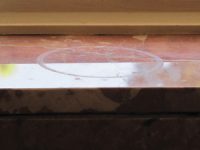
We are frequently asked, "How can I remove water rings on my polished marble?" This article explains what "water rings" are, and what you can do about them.

Many natural stone owners are aware that acids like vinegar, lemon, etc. can cause etching, but did you know high alkaline substances can also cause etching?

See Fred Hueston, Chief Technical Director of Stone & Tile PROS, demonstrating how to mix and apply a poultice for removing a stain from natural stone.

Should stone in wet conditions be sealed? In the following article, industry expert, Fred Hueston explains why stone in wet areas should not be sealed.
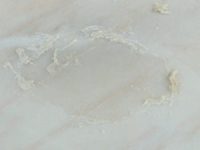
Darkness from moisture in a poultice application can wick out beyond the original stained area. This is not a stain, and the problem is easy to resolve.

There are a number of reasons why countertop cloudiness or haze can develop. Here are the details about possible causes and solutions for the problem.
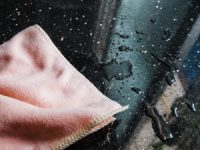
Stone countertops, continually exposed to oily or dye-containing substances, are subject to staining. Read this article to learn about countertop protection.

Some natural stones that are definitely not granite are being sold as if they were. Here are some ways you may be able to tell whether it really is granite.
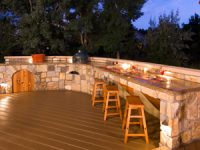
Learn how to clean up bird droppings on natural stone, remove the stains that may persist after cleaning, and avoid having to do the same thing again next week.

Streaking is a cloudy, uneven pattern on the surface of natural stone floors. This article explains the causes of streaking and what you can do to get rid of it.
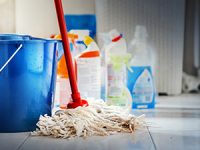
Read this article to learn about cleaning methods that can cause an unsightly appearance or even permanent damage to tile and grout.

Here's what you need to know if you currently have or are considering more than one type of stone for floors or other applications.